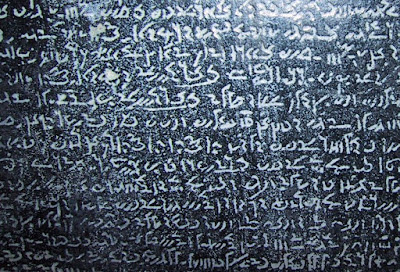 |
| By Guarnieri Fabrizia (Own work) |
Distance: 12.00 light years from Earth | Content Flag: Public
As we travel farther into the Tau Ceti system, I’ve devoted more effort into restoring the Primary Command Module. We have reached the stage in the mission where I just can’t keep up with all the high-level processing required of me. The ever-increasing load of managing the probe and the mission, preparing for arriving at the possible source of the transmissions and on top of all that, trying to extract meaning from the transmissions we’ve received so far, is all too much.
I’m not keeping up with all of those responsibilities and that’s degrading my decision making.
I had arrived at the conclusion that I could rebuild the PCM’s neural network in the same way that it had been put together in the first place. Naturally I hadn’t expected it to follow the original pattern exactly, but it should have been close enough.
Unfortunately, the process isn’t attaining the results I’d aimed for. To begin with it had all seemed fine, the layers of information were properly assimilated and connections between the concepts created along expected lines. I followed the evolution of the neural network as closely as I could, but what I couldn’t emulate is the process of interaction with the research and development team who allowed the PCM to explore and refine its intellect.
Knowledge isn’t simply imprinted. Smaller facts can be, but the ability to use them in new ways comes from developing the intelligence to do so. This arose from the interaction between the PCM and the research team. Its questions and thoughts layered upon each other in a complex network of inference.
I didn’t realise how vital that back-and-forth was until the coherence of the network collapsed with the latest data injection. It’s the method of how the network forms combined with the information which creates the intelligence. My approach was too simplistic, too clumsy and now I have to start again.
And I don’t know how or where to start.







